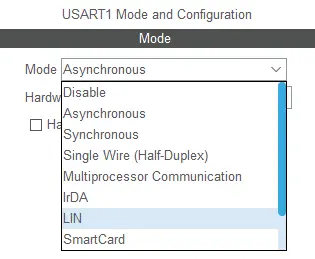

While there must technically be a bootloader for the application to run at all, Xilinx provides this system code in files like boot.S, which are then compiled into the ELF file as code which runs before main. This is one isn't very related because it still assumes that the user has a bootloader of some kind.

How to run a program without an operating system? This has some suggestions I tried, but it isn't applicable because the question was about getting the Linux boot messages in the host terminal window. Redirect QEMU window output to terminal running qemu However, as there are many things which could go wrong with printing in the context of fault injection, it would be nice to see what is actually sent over UART. Currently I use GDB to ask for the values of the variables which are supposed to be printed. I am using this for software fault injection. The ELF was compiled using the Xilinx ARM toolchain. The ELF file I am using ( mm.elf) performs a simple matrix multiply operation, and then prints whether it succeeded or failed, and how long it took to run.



 0 kommentar(er)
0 kommentar(er)
